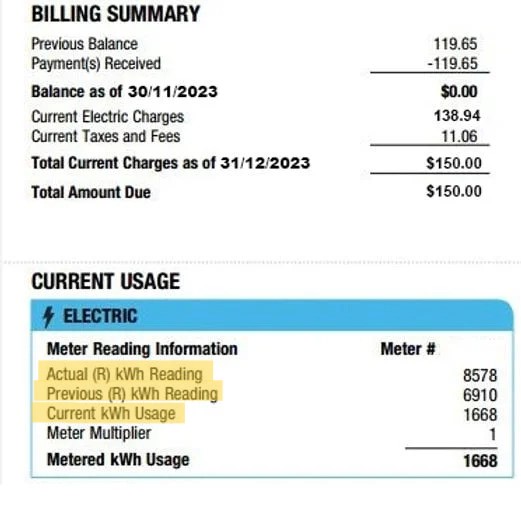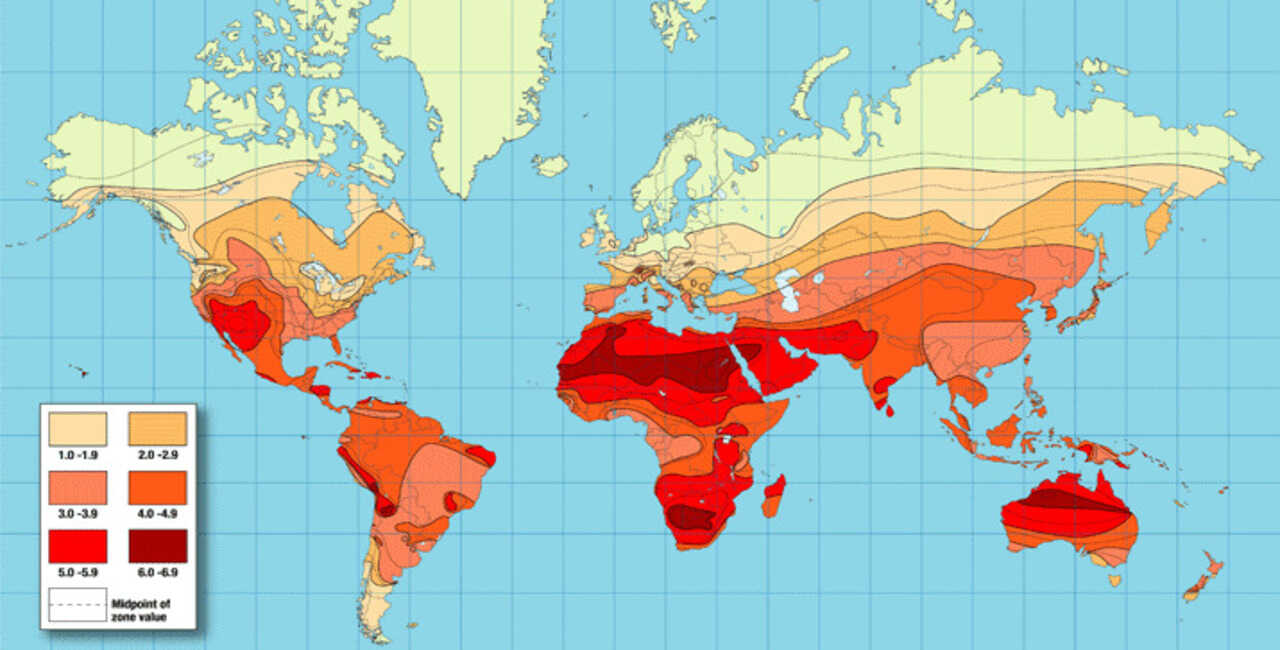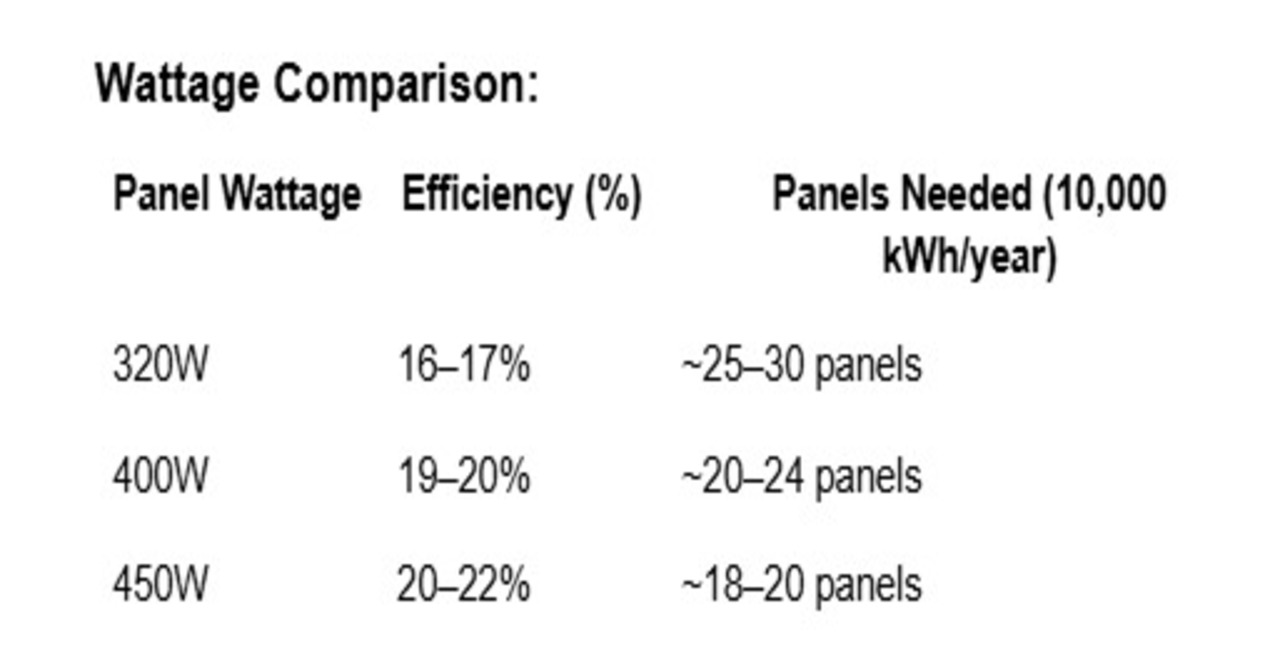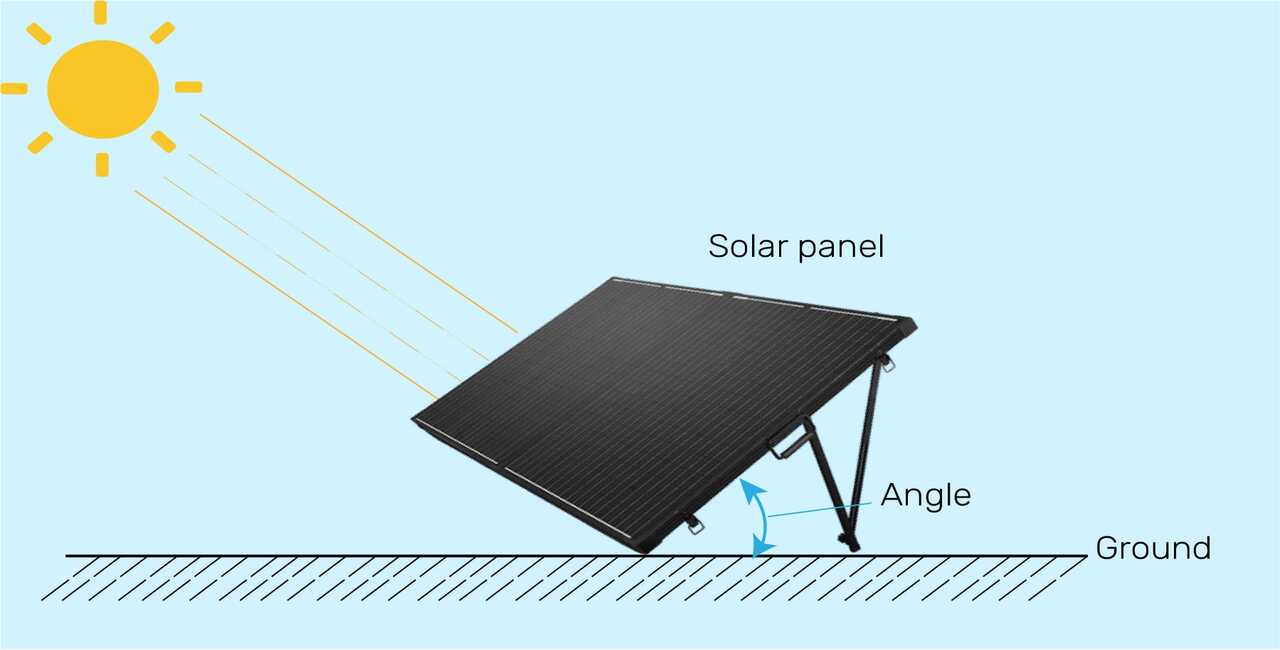.jpg)
Thinking of switching to solar but not sure how many panels your home actually needs?
The most asked question and the thing people are most curious and concerned about while installing solar is: “How many solar panels do I need to power a house?”
This guide will walk you through everything in four straightforward steps so that you can be much more confident about your panel count and be prepared to make smart solar choices.
Let’s break it down.
Installing the right numbers of solar panels is going to give you enough power for your whole house while being efficient. Overestimating is alright for some things but for something as expensive as solar it's better to not spend unnecessary but that doesn't mean underestimating is good either. So which is it then? The answer: Right-sizing your solar system.
Right-sizing your solar setup ensures you:
For example,an average American household uses about 10,000–11,000 kWh per year. To meet this usage you need 15 to 22 panels depending on location and panel efficiency.
The first thing you need to do is to figure out how much electricity you use. Deciding how many solar panels you need is for later. You should look at Kilowatt-hours (kWh) which is a unit that shows how much energy you have consumed all this time.
Start by checking your electricity bill. Look for a section labeled “Usage,” “Energy Consumption,” or “Meter Readings.” Some bills display your total monthly or yearly consumption in kWh.
If your bill doesn’t show annual usage then you can calculate it manually. Add up the kWh figures for the past 12 months. Doing this gives you an estimate of your yearly energy needs. For example, if the average bill comes around 900kWh a month then the annual usage should be 10,800 kWh.
Some utilities have mobile apps or online dashboards where you can track the consumption trends. These tools highlight your peak usage hours which is a valuable insight when sizing a solar system.
FAQ: How do I find kWh on my bill?
It’s listed under “Usage” in kilowatt-hours (kWh). Look for the “Billing Period” section to find monthly or annual totals.

Peak hours are the hours when the sunlight hits your solar panel the hardest leading to the maximum energy output. This happens once a day and you can check it on online calculators and irradiance maps.
Why it matters:
Fewer peak hours mean that you would need more solar panels and more peak hours mean that you will need less panels. You should know this to be efficient as well as cost-effective.
The global range is between 3–6 hours per day.

There is a wattage difference in every solar panel. Wattage measures the power a panel can produce under ideal conditions. For most residential solar panels today can range between 250 watts and 450 watts although there might be some exceptions.

Choosing a higher wattage solar panel mean that you need fewer panels because those panels will generate more electricity. This is useful if your roof has limited space. While higher-wattage panels may cost a bit more upfront but they can maximize power production per square foot and offer greater design flexibility.
Visual: Efficiency vs. Number of Panels
Here’s a simple formula to estimate how many panels you’ll need.
Panels Needed =
(Annual kWh Usage ÷ (Peak Sun Hours × 365)) ÷ Panel Wattage
Let’s walk through two real examples:
Example 1
Example 2
.png)
Real life conditions affect how many panels you’ll need. Here are some key adjustment factors to consider:
Also, if you plan to store excess power using solar batteries then you may need extra panels to charge them.

Every home uses energy differently. But square footage can still offer a general guide.

Now let’s factor in location:
Here are some commonly asked questions we hear:
How many panels for a 2,000 sq ft home?
Between 18 to 25 panels depending on your energy habits and location.
Can I install fewer panels and add more later?
Yes, many systems are expandable. Just make sure your inverter can handle the additional load.
Can solar power run a house at night?
At night, your home draws from the grid or a solar battery if you have one.
Is a 10kW system enough?
For most homes, yes. It can produce roughly 12,000–15,000 kWh annually—enough for a large household.
Can I go off‑grid with solar?
Yes, but it requires a lot of planning. You'll need storage (batteries), inverters and backup generators.
Want to learn more? See our guides on battery storage and off-grid living.
.png)
The number of solar panels you need depends on the energy use, peak hours and panel type. But with this 4-step guide, you’re equipped to figure it out.
The next step is to use a solar panel calculator or get a customized residential solar panel estimate.
ARKA 360 makes this even easier. Our solar design software takes the guesswork out of sizing your system. You can visualize your roof layout, estimate costs, and prepare a proposal—fast.
Start designing your solar system with ARKA 360 today.